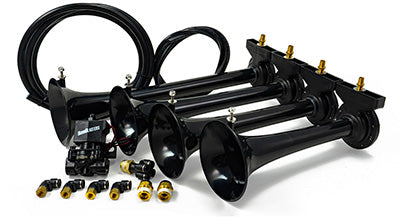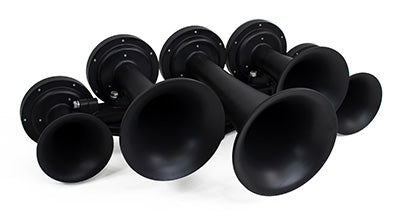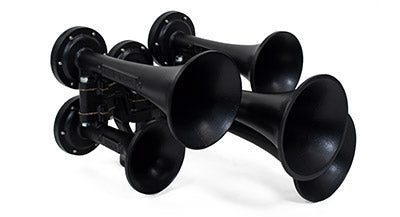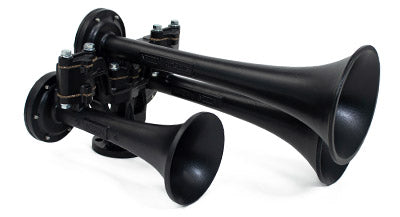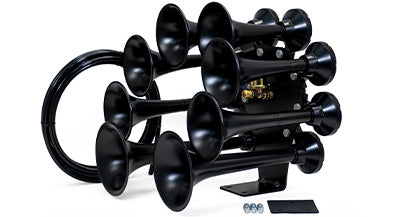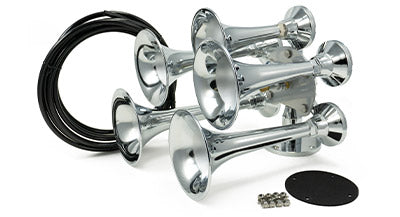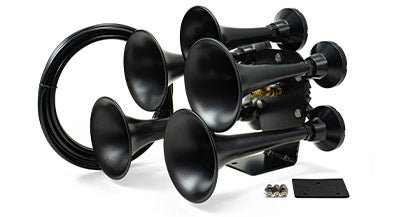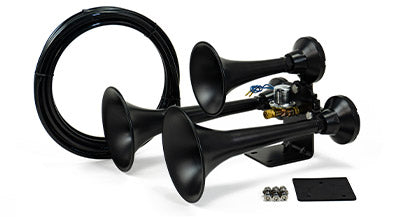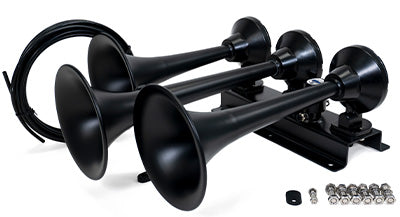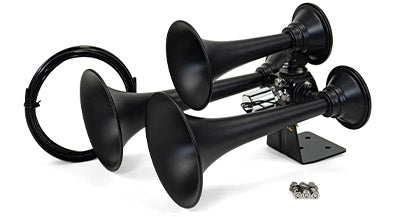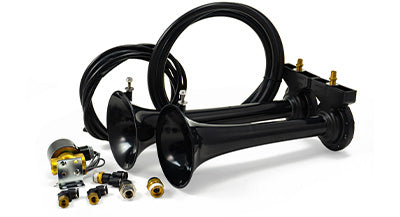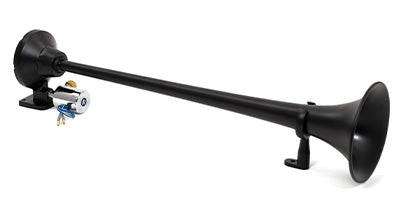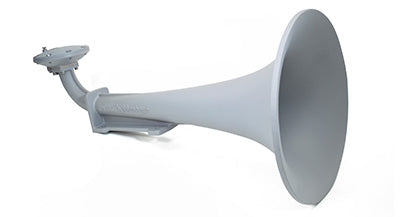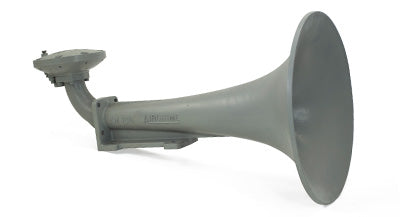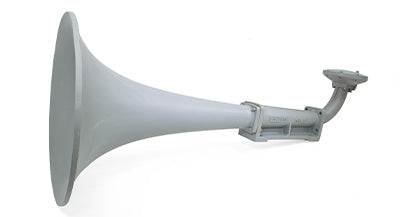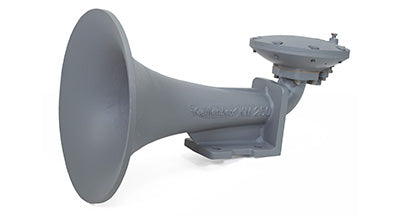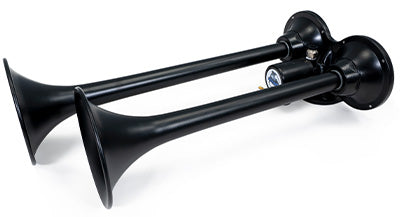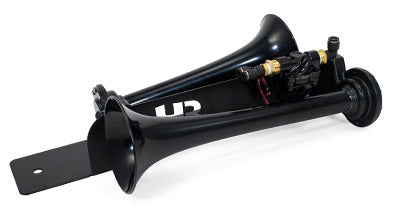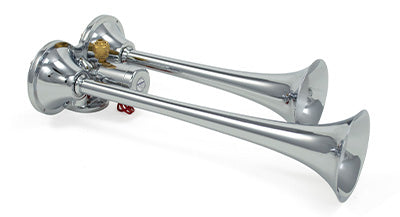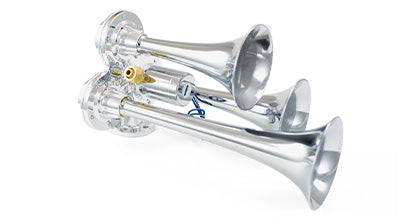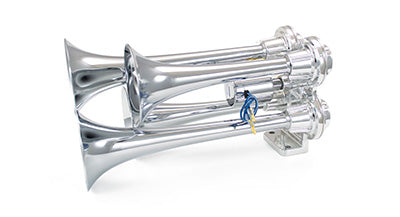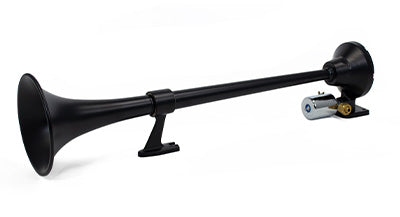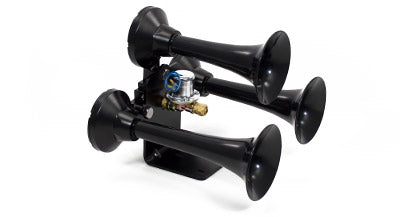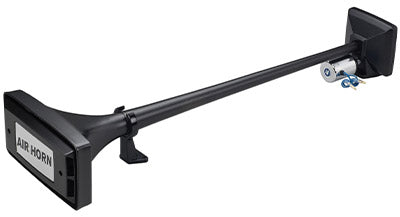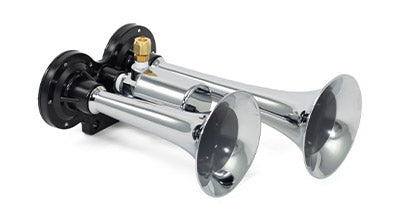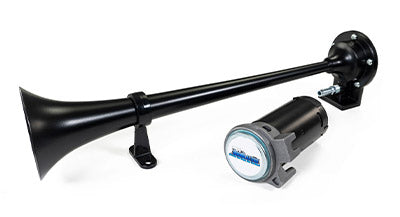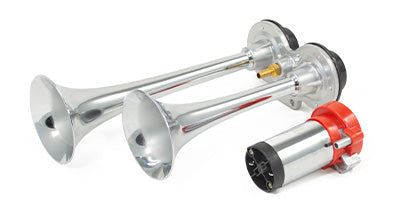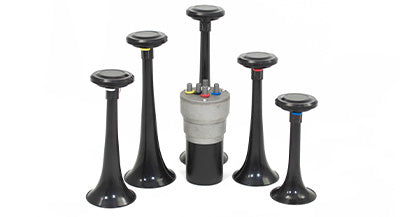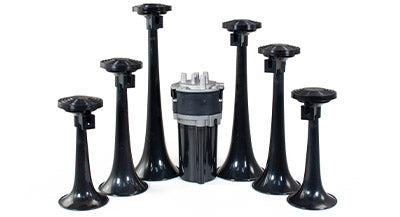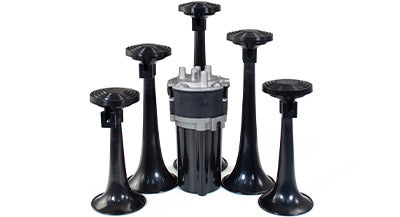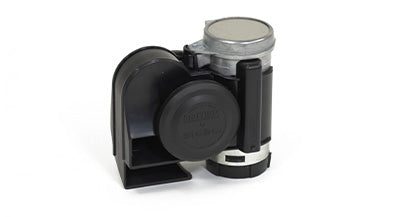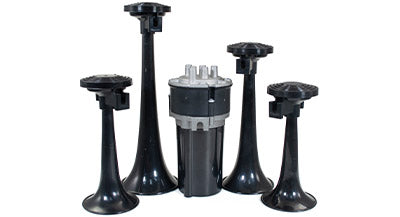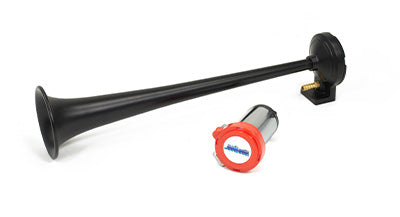Looking for that unmistakable air horn sound or train horn sound? You’re in the right place. This page lets you hear real audio samples of the horns we carry, so you can compare tones, pitch, and overall impact before deciding which one fits your build.
We carry everything from sharp, high-pitched air horns to deep, resonant train horns that replicate the authentic sound of a locomotive. Each horn has its own personality. Some deliver a fast, punchy honk, while others hit you with a long, thunderous blast. These audio clips give you a true sense of what to expect from each setup, even though the full loudness can only be experienced in person.
Whether you're shopping for a horn to install on your truck, car, SUV, or even a boat, these samples are designed to help you choose based on sound, not just looks or specs. Use this page to preview your options before picking a kit that makes the right kind of noise.









